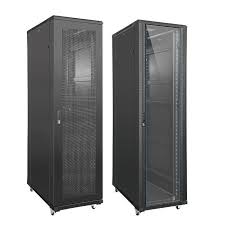Packaging tape, often taken for granted, is an unsung hero in the world of logistics, shipping, and packaging. This versatile adhesive product plays a crucial role in ensuring the safety, security, and integrity of packages as they journey from sender to recipient. Let’s delve into the world of packaging tape and uncover why it’s an indispensable component of modern packaging and shipping.
Types of Packaging Tape:
packaging tape comes in various forms to cater to specific needs. The most common types include:
Pressure-Sensitive Tape: This self-adhesive tape doesn’t require heat or moisture to activate its adhesive properties. It is easy to use and is available in clear or colored varieties.
Water-Activated Tape (Gummed Tape): This type of tape requires moisture to activate its adhesive, creating a strong bond. It is often used for sealing cartons or boxes that contain heavy or valuable items.
Filament Tape: Known for its reinforced design with embedded glass fibers, filament tape offers excellent resistance to tearing and stretching. It’s ideal for heavy-duty packaging needs.
Masking Tape: While primarily used in painting and masking applications, masking tape can be helpful in securing light packages and labeling.
Double-Sided Tape: This versatile tape has adhesive on both sides and is commonly used in craft projects, signage, and mounting.
Uses of Packaging Tape:
Packaging tape is a critical component in various industries and applications, including:
Shipping and Packaging: Its primary purpose is sealing boxes, cartons, and packages for shipping. It ensures that items remain secure and protected during transit.
Moving and Storage: Whether relocating to a new home or storing items in a warehouse, packaging tape is invaluable for securing cardboard boxes and organizing storage units.
Retail and E-commerce: Businesses use packaging tape to seal packages and reinforce brand presence through custom tape printed with logos and promotional messages.
Industrial and Manufacturing: Heavy-duty tape variants, like filament tape, are used in manufacturing and construction to bundle items and secure equipment and materials.
Construction and Renovation: Masking tape is employed to mask off areas during painting and renovation, ensuring clean lines and preventing paint bleed.
Features and Benefits:
Packaging tape is designed with specific features to ensure optimal performance. These may include:
Adhesive Strength: Packaging tape comes in various adhesive strengths, from light-duty for basic applications to heavy-duty for securing large or heavy packages.
Durability: It is engineered to withstand various conditions, from temperature fluctuations to moisture, ensuring packages arrive intact.
Customization: Some companies offer customizable tape with printed logos, messages, and branding to reinforce a brand’s identity.
Ease of Use: Packaging tape is user-friendly, with options for handheld dispensers, ensuring efficient application.
In conclusion, packaging tape may not often steal the spotlight, but it is an indispensable component of modern packaging, shipping, and organization. From securing packages for safe transit to reinforcing branding, its versatility and reliability make it a crucial part of various industries. When used effectively, it can seal the deal on a successful and secure delivery, making it a key player in the world of logistics and packaging.



